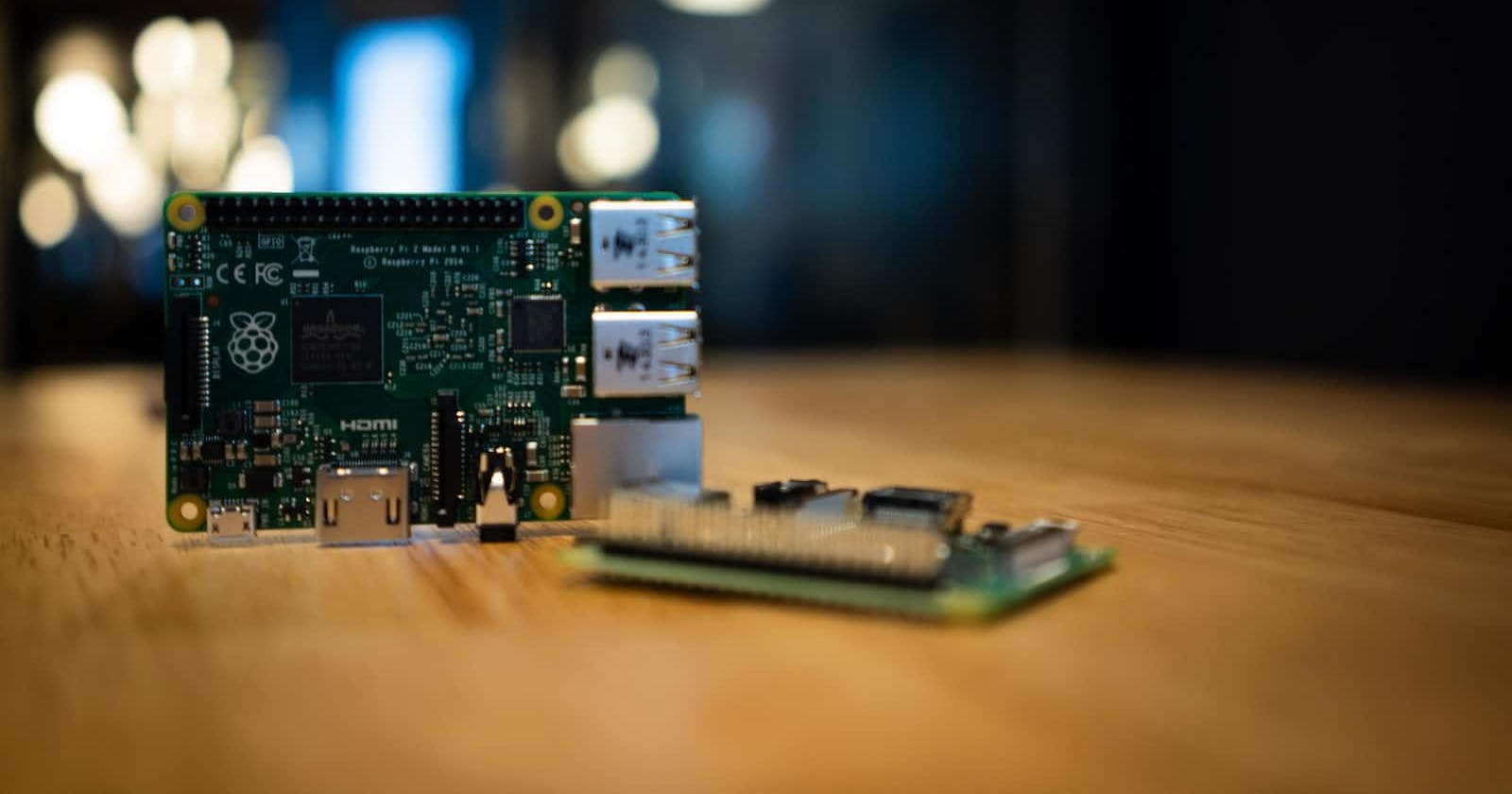
Photo by Jeff Loucks on Unsplash
Installing Nessus on a raspberry pi 4
A step by step guide to install Nessus on a raspberry pi 4
Usage: Someone may ask, till now people were installing Nessus on a virtual machine or a server and it works fine. Then why on a raspberry-pi. The simple answer is that we can carry this cheap kit anywhere and can run in a network and nobody can notice it physically. For sure a network administrator and SOC team have all the privileges to find if a raspberry pi is running in the network.
Hence tenable has released a Nessus package for ARM CPU which is specially built for Raspberry pi.
Pre-requisite
TLDR; Raspberry pi with 32-bit raspberry pi OS installed. You can refer my blog for step by step guide.
The only pre-requisite for this installation is a raspberry pi kit with Raspberry pi 32-bit OS installed. While writing this blog tenable has released a 32-bit Nessus package only. So in case if you are trying to install it on a 64-bit package you may face some problems as I have gone through the same. But it should not be the case. As far as I know, all the 32-bit software should support 64 bit CPU. If you know why that is happening please let me know.
Installation
Without any further delay, let’s see what steps someone should follow to do it. The best place to get started is the tenable documentation itself.

From here we can download the required Nessus package after agreeing to the terms and conditions.

Once downloaded we can use the below commands to install the Nessus.
cd Downloads/
sudo dpkg -i Nessus-10.3.0-raspberrypios-armhf.deb
sudo /bin/systemctl start nessusd.service

Now open the browser on raspberry pi and go to https://raspberrypi:8834. Congratulations Nessus installation is successful if you see a certificate error on the browser. Now select the Nessus essentials. If you have a license for others you can go with that.

In the next screen fill the details and click on “Email”

You will receive an activation code on your mail address and fill that in on the next page.

You will be asked to set up the username and password for signing up. Once that is done you can sign in to the Nessus console.

It will take a lot of time to download and compile the plugins, which are the core things used during vulnerability scanning.

After logging in we can create a scan as per our requirement. Creating a scan is very easy on Tenable.
Click on New scan

Select the scan template. Here we will select the “Basic Network scan”

Now fill in the details in the form → Name, Description, Targets. Then click on the small drop-down button near to save button and click Launch,

Now we can see a scan has been started.

After some time the scan will be completed and we can see the results.


Next, we can export the report or we can analyze the vulnerabilities.
That’s all for this blog. If you want to get a brief idea about the Vulnerability assessment, then you can check my Vulnerability assessment blog. Thanks for reading and please reach out to me for any feedback.

